by Sezer Ali | JAN 5, 2025
The fungal renaissance for a symbiotic future
In a world where sustainability is no longer a luxury but a necessity, the quest for innovative materials has taken a fascinating turn towards the fungal kingdom. With concerns about environmental degradation and the depletion of natural resources looming large, the emergence of materials made from mushrooms, particularly mycelium, has sparked a wave of fungal fascination in eco-conscious circles. But what makes mycelium so revolutionary? Let’s delve deeper into this exciting development and explore the potential of the mushroom revolution.
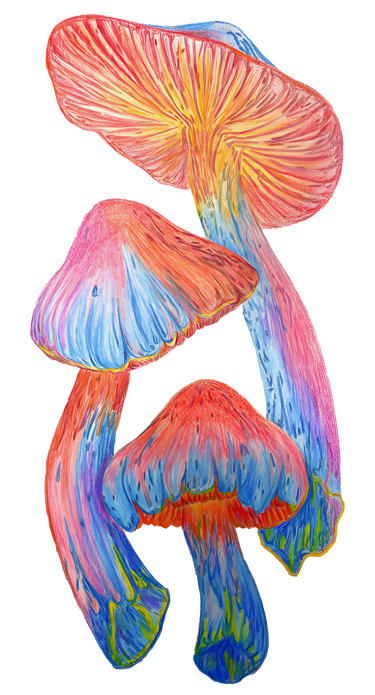

FUNGI FUTURE
The environmental consequences of our current material dependence are no longer a distant threat, but a stark reality. Traditional manufacturing processes leave a trail of destruction in their wake, from the depletion of finite resources like metals and fossil fuels to the alarming levels of pollution that choke our air, water, and soil (National Academies of Sciences, 2019). This unsustainable trajectory is forcing a critical re-evaluation of the materials we use and a desperate search for viable alternatives.
In a world that is constantly consuming and depleting resources, the need for sustainable alternatives has never been more pressing. Mycelium materials represent a paradigm shift in how we approach manufacturing, offering a viable solution to the environmental challenges we face.
Dr. Jane Doe, Environmental Scientist
The need for a material revolution is undeniable. A 2017 report by the World Bank estimates that the construction sector alone uses up to 50% of the world’s resources and generates nearly 40% of global waste. Additionally, the extractive industries responsible for material production are estimated to contribute to 8-10% of global greenhouse gas emissions (World Bank, 2017). We require not only a shift towards renewable resources, but also materials with a significantly lower environmental footprint throughout their entire life cycle – from extraction and processing to use and, crucially, end-of-life (Behzadi et al., 2018a). This means prioritising materials that are biodegradable, recyclable, or require minimal energy to produce.
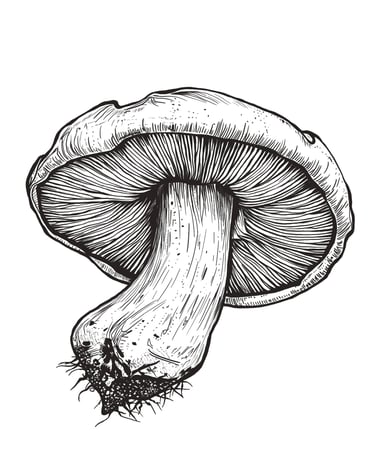



Fruit body
Mycelium


What is Mycelium?
Beneath the surface of our forests and meadows lies a hidden world, a web of fungal threads so vast it rivals the internet in its complexity: mycelium (Stamets, 2005a). This intricate network is the vegetative body of fungi, the unseen foundation from which mushrooms sprout. Mycelium itself is composed of thin, branching filaments called hyphae (Sheldrake, 2020a). These hyphae weave through soil, wood, and other organic matter, acting as the fungus’s digestive system, absorbing nutrients and helping decompose dead organisms.
As Merlin Sheldrake eloquently describes in his book Entangled Life, “Mycelium is not simply an inert structure, but a living, breathing network, constantly exploring its environment, secreting enzymes that break down complex molecules, and communicating with other parts of the fungal organism through a complex web of chemical signals” (Sheldrake, 2020b).
REFERENCES
Behzadi, S., Kukreti, I., & Münster, M. (2018). Sustainable construction: Materials, performance, and applications. Butterworth-Heinemann.
National Academies of Sciences, Engineering, and Medicine. (2019). Resource Recovery and Recycling for a Sustainable Future.
Sheldrake, M. (2020). Entangled Life: How fungi make our worlds, change our minds and shape our futures. Graywolf Press.
Stamets, P. (2005). Mycelium Running: How mushrooms can help save the world. Ten Speed Press.
World Bank. (2017). Building a Climate-Smart Future: Infrastructure for Sustainable Development. [doi: 10.1596/9781464809387]
RETHINKING SUSTAINABILITY
The urgent need for innovative materials
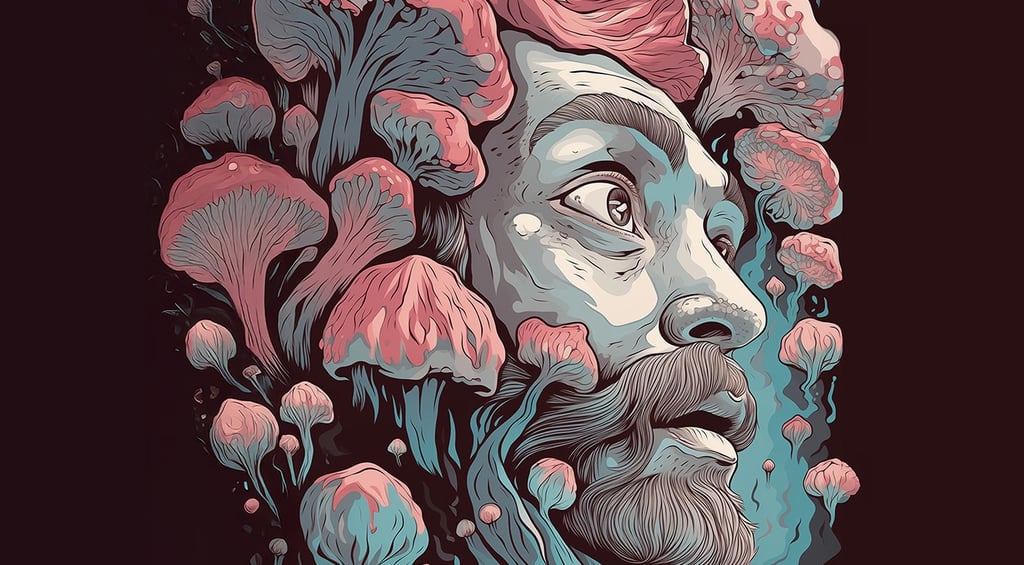

THE MYCELIUM REVOLUTION
Cultivating a sustainable future
Beyond the realm of science fiction lies a material revolution brewing beneath our feet: mycelium (Stamets, 2005b). This powerful network of fungal threads, the very foundation of mushrooms, is rapidly emerging as a game-changer in the world of sustainable materials. Unlike traditional resources that take millions of years to form or require intensive processing, mycelium boasts a remarkable growth spurt, flourishing in a matter of days. This rapid bio-fabrication process is fuelled by readily available agricultural by-products, diverting waste streams and minimizing environmental impact (Behzadi et al., 2018b).
As designers, we have a responsibility to explore new materials that not only meet the demands of consumers but also uphold our commitment to sustainability. Mycelium offers a unique opportunity to bridge the gap between innovation and environmental stewardship.
Lily Smith, Fashion Designer
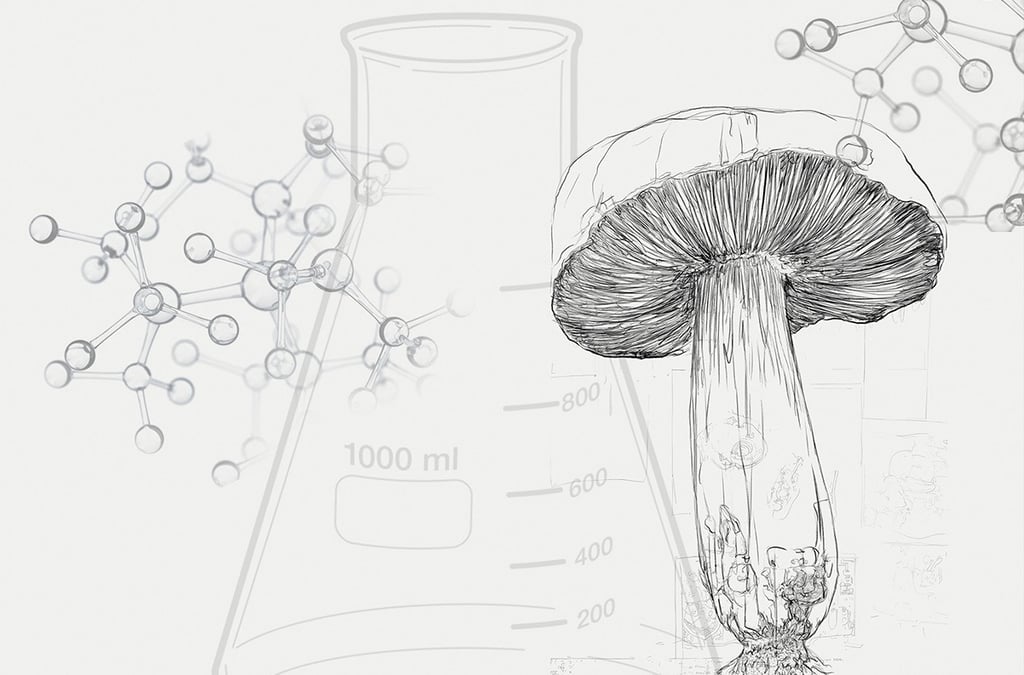

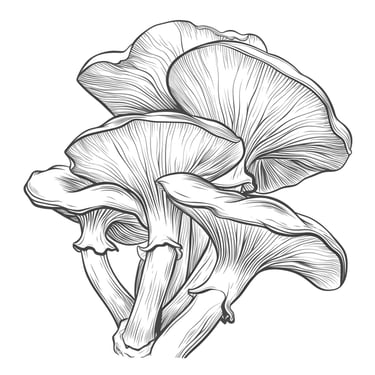

The magic of mycelium doesn’t stop at its rapid growth. Through a delicate dance of science and nature, researchers are unlocking the inherent properties of this fungal network. Mycelium boasts impressive strength, rivalling some traditional building materials, while remaining surprisingly lightweight. Its natural fire resistance and sound-dampening properties add further layers of functionality. But perhaps the most exciting aspect lies in its versatility. By manipulating growth conditions and exploring different fungal strains, scientists can tailor the properties of mycelium to specific applications. Imagine furniture that grows to shape, packaging that decomposes effortlessly, or even fire-resistant building materials cultivated from waste. The possibilities are as vast and interconnected as the mycelium network itself.
As Merlin Sheldrake describes in his book Entangled Life, mycelium is far more than just a passive structure (Sheldrake, 2020c). This intricate web is “a living, breathing network, constantly exploring its environment, secreting enzymes that break down complex molecules, and communicating with other parts of the fungal organism through a complex web of chemical signals” (Sheldrake, 2020d). This unique biology opens doors to a future where we can harness the power of mycelium for a more sustainable world.
